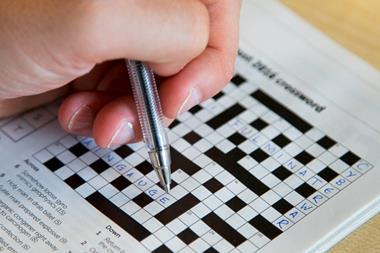Edward Teller: the real Dr Strangelove
Edward Teller: the real Dr Strangelove
Peter Goodchild
London: Weidenfeld and Nicholson 2004 | Pp 467 | ?25.00 (HB) | ISBN 0297607340
Reviewed by Dennis Rouvray
Arguably the most politically powerful scientist of the 20th century was the Hungarian-born American citizen Edward Teller. Starting out as a painfully shy boy, he developed an ever growing self confidence that eventually enabled him to bestride the halls of power like a colossus.
In his long ascent he pushed hard for nuclear fission weapons (atom bombs), was the driving force behind the production of fusion weapons (hydrogen bombs), initiated the Polaris nuclear submarine programme, and was a leading proponent of the strategic defence initiative (Star Wars). He was also fully committed to the peaceful uses of atomic energy and maintained his support of nuclear power stations even after the catastrophe at Three Mile Island. Anyone who pointed out the dangers of even low-level nuclear fallout, such as Linus Pauling, was attacked by him in the most scathing terms.
Teller is probably best known to chemists for his study on the interaction of the electrons and nuclei in molecules which led to publication of the Jahn-Teller theorem. Among those who knew him personally, Teller tended to be either loved or hated depending on their position in the political spectrum. Right-wingers, such as Ronald Reagan, considered him to be ’one of the bulwarks of American freedom’ whereas those of other persuasions, such as his Nobel prize-winning colleague Isidor Rabi, viewed him as ’an enemy of humanity’. Clearly Teller was nothing if not controversial. His story is told here for the first time in comprehensive and meticulous detail, and a rousingly good tale it is. The one thing the author does not do is answer the question whether Teller was the model for Stanley Kubrick’s mad scientist in the film Dr. Strangelove: or how I learned to stop worrying and love the bomb. Judging by the title of his book, however, he appears to think so.












No comments yet